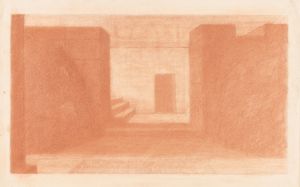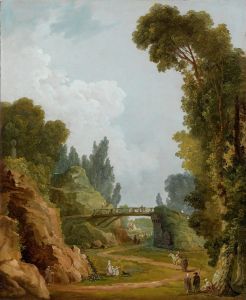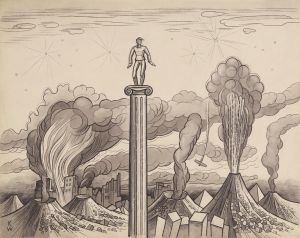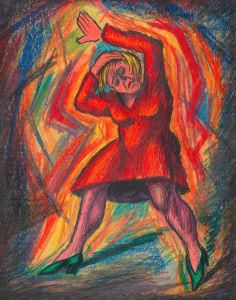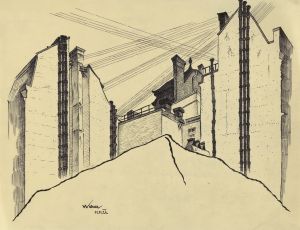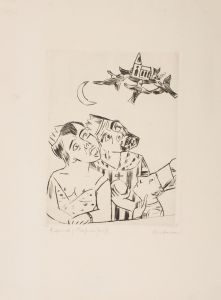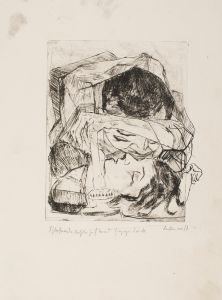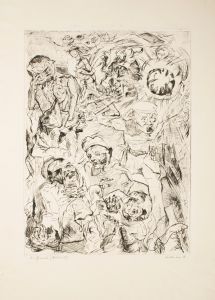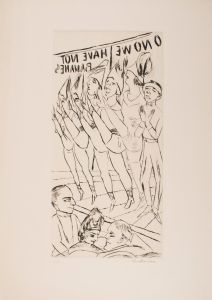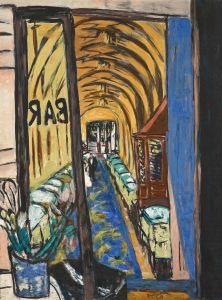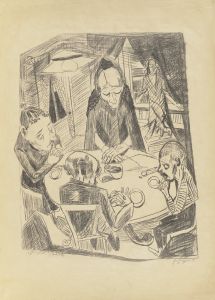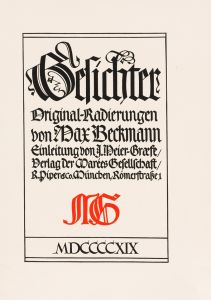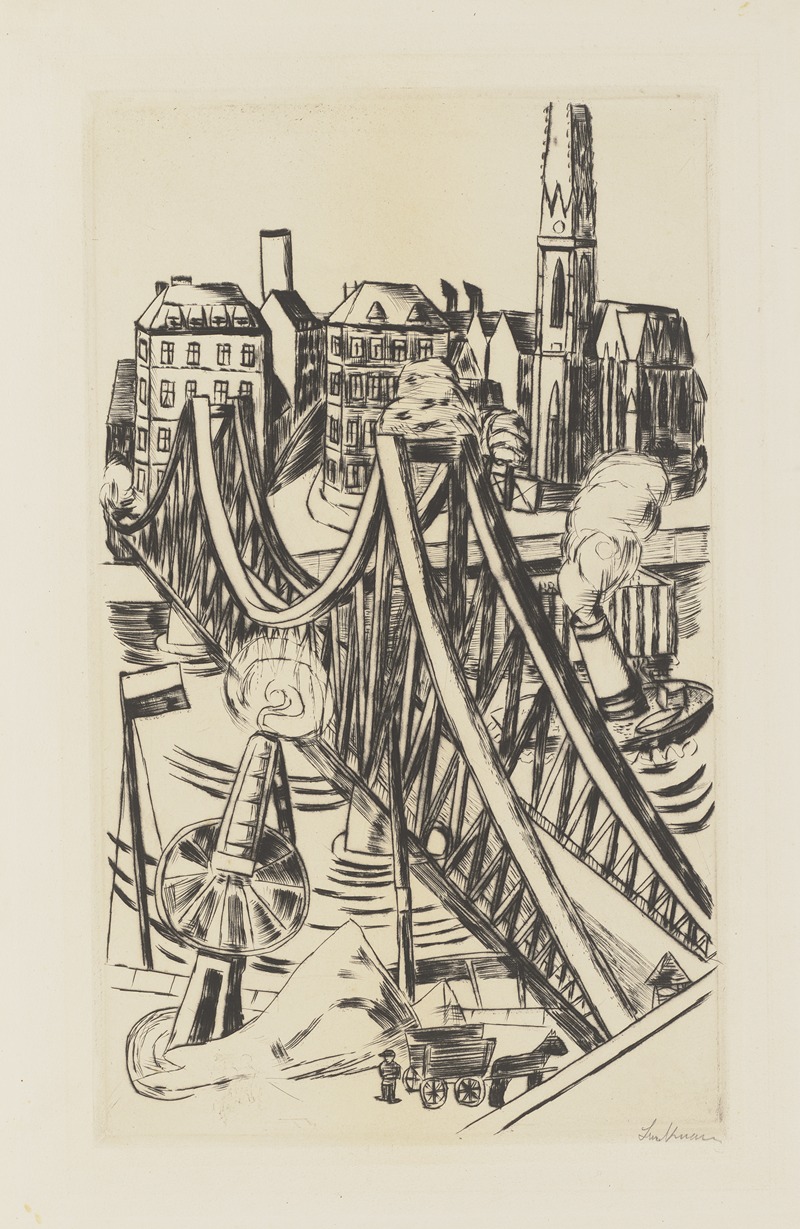
Large Bridge
A hand-painted replica of Max Beckmann’s masterpiece Large Bridge, meticulously crafted by professional artists to capture the true essence of the original. Each piece is created with museum-quality canvas and rare mineral pigments, carefully painted by experienced artists with delicate brushstrokes and rich, layered colors to perfectly recreate the texture of the original artwork. Unlike machine-printed reproductions, this hand-painted version brings the painting to life, infused with the artist’s emotions and skill in every stroke. Whether for personal collection or home decoration, it instantly elevates the artistic atmosphere of any space.
"Large Bridge" is a painting by the German artist Max Beckmann, created in 1922. Beckmann, born in 1884, was a significant figure in the German Expressionist movement, although he often distanced himself from the label, preferring to be seen as an independent artist. His works are known for their complex symbolism, bold use of color, and often somber or introspective themes.
"Large Bridge" exemplifies Beckmann's mature style, which he developed after the traumatic experiences of World War I. The war had a profound impact on Beckmann, leading to a nervous breakdown and a subsequent shift in his artistic approach. His post-war works are characterized by a more introspective and symbolic nature, often reflecting the chaos and disillusionment of the time.
The painting depicts a large, imposing bridge, which serves as a central element in the composition. The bridge is rendered with a sense of solidity and permanence, contrasting with the more fluid and dynamic elements surrounding it. Beckmann's use of bold lines and stark contrasts creates a sense of tension and drama, drawing the viewer's eye across the canvas.
In "Large Bridge," Beckmann employs a muted color palette, dominated by shades of gray, brown, and black. This choice of colors enhances the somber mood of the painting, reflecting the artist's contemplation of the human condition and the societal upheavals of the early 20th century. The bridge itself can be interpreted as a symbol of transition and connection, possibly alluding to the passage from one state of being to another or the bridging of different realms, whether physical, emotional, or spiritual.
The figures in the painting are rendered in Beckmann's characteristic style, with exaggerated features and a sense of weight and presence. These figures often appear isolated or introspective, adding to the overall atmosphere of contemplation and melancholy. Beckmann's ability to convey deep emotion and psychological complexity through his figures is one of the hallmarks of his work.
"Large Bridge" is also notable for its composition, which reflects Beckmann's interest in structure and order. The bridge divides the canvas into distinct sections, creating a sense of balance and harmony despite the underlying tension. This compositional technique is a testament to Beckmann's skill as an artist and his ability to convey complex ideas through visual means.
Max Beckmann's "Large Bridge" remains an important work in the context of early 20th-century art. It reflects the artist's personal experiences and broader societal themes, capturing the essence of a tumultuous period in history. Beckmann continued to create powerful and thought-provoking works until his death in 1950, leaving a lasting legacy in the world of modern art.





